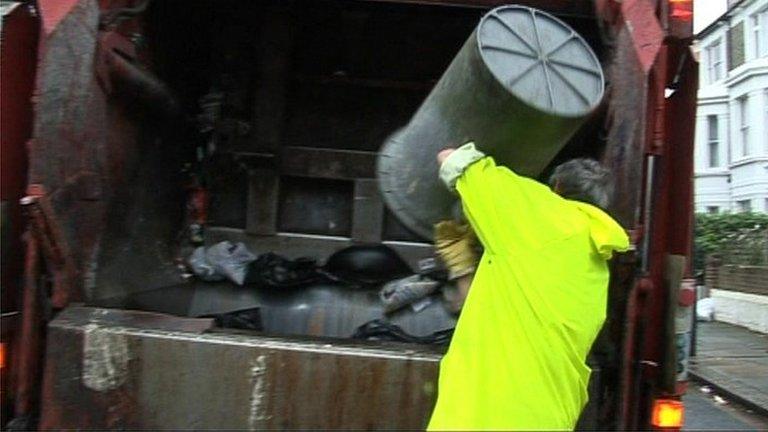Councils shake-up could save £650m, Andrews says
- Published

Cutting the number of councils could save up to £650m over 10 years, the Welsh government has claimed.
Public Services Minister Leighton Andrews confirmed plans to cut the 22 councils to eight or nine.
The shake-up could result in the loss of up to 1,900 jobs as administration services are slimmed down.
But Bob Bright, the Labour leader of Newport council, complained the plans were advancing without "meaningful discussion".
The Draft Local Government (Wales) Bill, external, published on Tuesday, forms the basis of consultation but will not become law until after the assembly election next May.
The proposals to bring back bigger county councils are broadly similar to pre-1996 arrangements.
The up-front costs of the merger would be between £97m and £246m, but the Welsh government said it expected that will have paid for itself within two to three years.
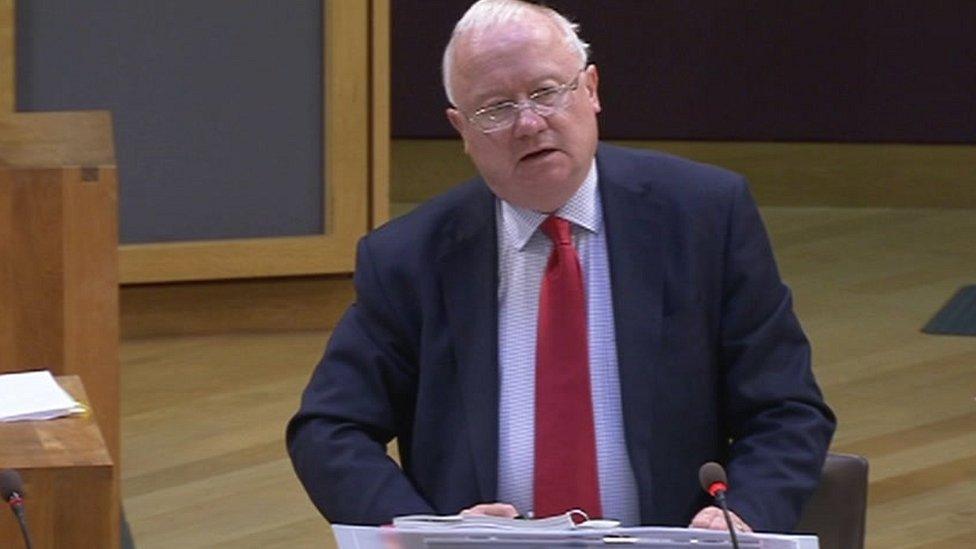
Leighton Andrews will make a statement to AMs later
The number of councillors would fall from 1,250 to between 700 and 900, although the final decision would be taken by the independent Boundary Commission.
And there would be fewer administrative jobs in local government, with the current number of around 9,000 expected to fall by about 1,400 and 1,900.
Decisions on whether those staff are made redundant, offered early retirement or given new jobs would be taken by the new councils.
Reducing the number of administrative posts would cost up to £40m, with redundancies and early retirement for senior managers costing an additional £6.6m to £12.4m.
'Real opportunity'
Mr Andrews said: "Our vision for local government is for activist councils, engaged in delivering modern, accessible, high quality public services with their local communities."
He added: "There is a real opportunity here for local government to make significant savings for taxpayers and if councils work together, plan well and involve their staff there is the opportunity for savings even greater than the £650m we have identified.
"This means more money for front line public services, more money to invest in communities and more money to support local economic prosperity."
Mr Andrews has previously called the case for fewer local authorities "compelling", but the plans have been criticised by the body representing local authorities, some Labour council leaders and an ex-Labour minister.
Dyfed would be brought back by re-merging Carmarthenshire, Pembrokeshire and Ceredigion, and West Glamorgan would return by joining Swansea once more with Neath Port Talbot.
Cardiff would merge with the Vale of Glamorgan, while a merger between Caerphilly, Torfaen, Blaenau Gwent, Newport and Monmouthshire would create Wales' biggest council, with a population of nearly 600,000.
Bridgend would join Rhondda Cynon Taf and Merthyr Tydfil.
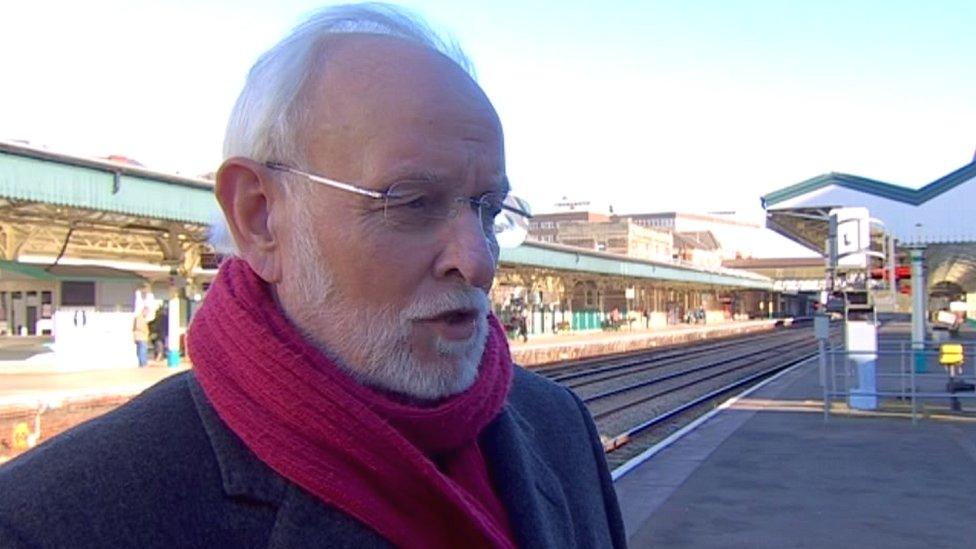
Bob Bright says he is horrified by the lack of proper discussion with councils about the plans
In the eight-council model, Anglesey, Gwynedd and Conwy would merge, as would Denbighshire, Wrexham and Flintshire.
The alternative would see Conwy and Denbighshire merging.
Newport council leader Bob Bright told BBC Wales the lack of "meaningful discussion" with local authorities about the plans "horrifies me".
"We are heading towards this re-organisation in a lemming-like way without any research of the costs and whether it will deliver what the people of Wales deserve and expect," he said.
"If Newport is subsumed into a huge conglomeration, I believe the people of Newport will be short-changed.
"We are in a position of providing regeneration, jobs and economic growth which will radiate out from the city into the valleys and all this will be stunted if we become subsumed into this bigger local government."
'Hotch-potch'
Conservative Shadow Local Government Minister Janet Finch-Saunders responded: "We heard similar rhetoric ahead of Labour's last NHS reorganisation, which led to huge deficits and unprecedented pressure on frontline staff.
"Communities will rightly question whether these figures can be trusted and it's local people who continue to be ignored by Labour."
Liberal Democrat AM Peter Black said Mr Andrews was "trying to stitch this process up to benefit Labour", and called for the Boundary Commission to be given the job of making a "fresh map".
Plaid Cymru's Simon Thomas said Labour's "hotch-potch of different educational consortia, health boards and other bodies" with different boundaries proved it was "not capable of planning strategically for a number of different services".
UKIP Vale of Glamorgan councillor Kevin Mahoney said: "While we are all for a reduction in bureaucracy and fewer politicians, this is an arbitrary figure plucked from thin air by failed minister Leighton Andrews, with absolutely no rationale behind the proposed mergers."
Consultation on Welsh ministers' plans is open until 15 February, with a bill due to be presented to the assembly in the autumn if Labour is still in power after the election.
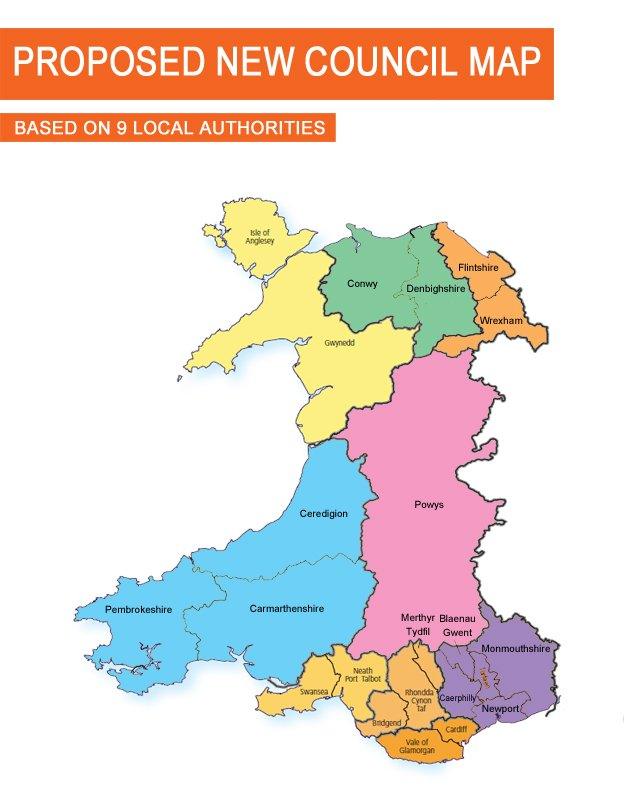

Analysis by Nick Servini, BBC Wales political editor

The 500 pages that make up this draft bill will form part of what Labour hope will be an oven-ready plan to dramatically change councils if political agreement can be reached after the election.
And therein lies the problem. The opposition will describe this as the cart before the horse, particularly as agreement has been so difficult to achieve so far.
Nevertheless, there are details here which will be at the centre of a major election debate.
Under these plans, a new administration will have around six months to formally start the process by introducing the legislation in order to hit the timeline of eight or nine new councils being fully operational by April 2020.
The figures that stand out are annual projected savings of £60 to £90m a year; a reduction in "backroom posts" of between 1,400 and 1,900; and a cut in the number of the existing 1,200 councillors - on a basic salary of £13,000 a year - to between 700 and 900.
Officials say the current 22 councils have senior management teams of between eight and 15. They say the senior management teams of the new eight or nine bodies will be the same size.
These will now be pored over in the coming months.
- Published20 October 2015
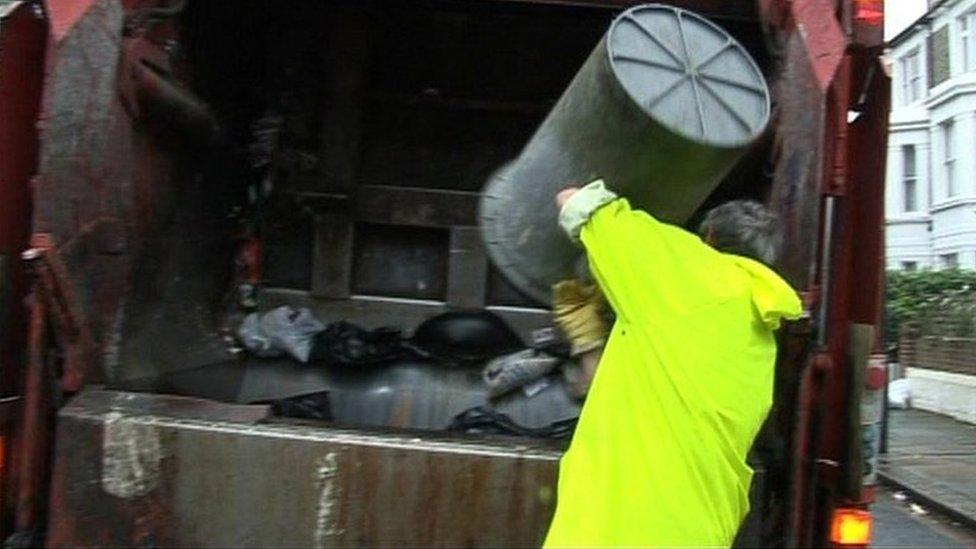
- Published6 October 2015

- Published29 September 2015

- Published17 June 2015

- Published17 June 2015
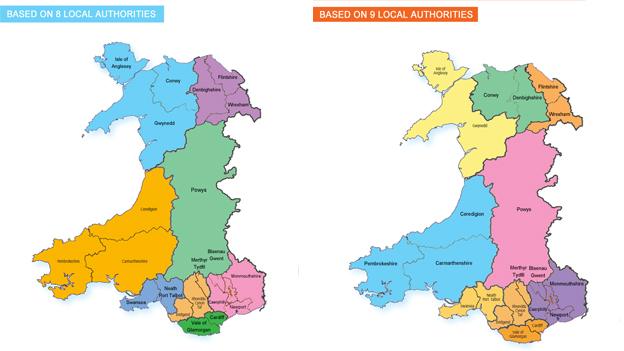
- Published16 June 2015

- Published15 June 2015

- Published14 June 2015

- Published11 June 2015
